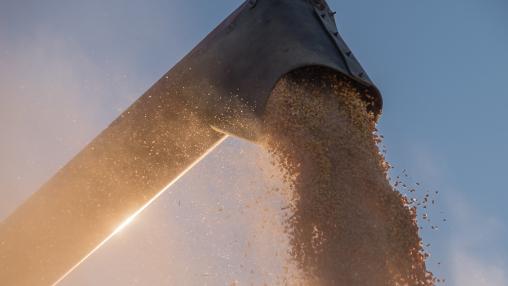
Lessons from the Ukraine Crisis: New Ebook Released
With the world already reeling from the high food prices and other economic impacts of the COVID-19 pandemic, the outbreak of conflict in Ukraine in February 2022 again raised the specter of a major global food security crisis. Since that time, analysis of the extant and potential future impacts of the conflict on food and fuel prices, trade, food security, and poverty has been a primary focus for policymakers, researchers, and development professionals around the world.

Russia terminates the Black Sea Grain Initiative: What’s next for Ukraine and the world?
On July 17, Russia announced that it was terminating participation in the Black Sea Grain Initiative, which allowed exports of grains and other agricultural products from Ukrainian ports.
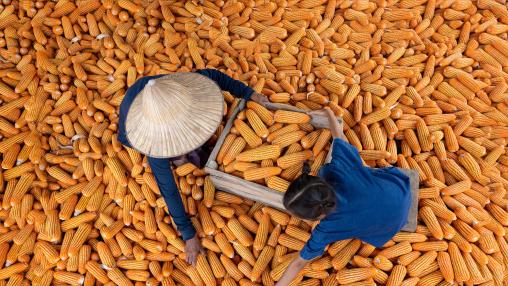
FAO Food Price Index Continues Decline, But Concerns over Black Sea Grain Initiative Remain
Commodity prices continued to fall in June, according to the FAO Food Price Index, which declined 1.4 percent from its May level. This reflects at 23.4 percent drop from June 2022.

Increased tensions in Ukraine again threaten the Black Sea Grain Initiative
On June 6, the Nova Kakhovka dam in southern Ukraine, located about 70 km upstream of Kherson, a port city on the Dnipro River, collapsed, sending an uncontrollable flow of water from its reservoir downstream. Futures markets reacting to the news sent wheat futures up almost 3 percent before falling back later that day.
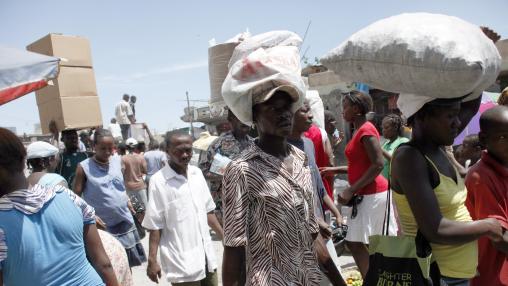
Central America and Caribbean Facing Rising Food Insecurity
IPC Phase 2 through 4 (Stressed through Emergency) food insecurity is expected to continue in Central America and the Caribbean through September, according to an alert from FEWS Net.
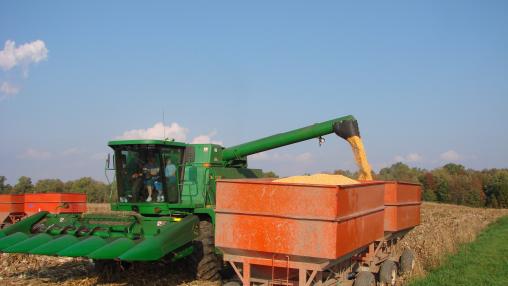
Food Prices Continue Decline in May, But Concerns about Inflation Remain Strong
The FAO Food Price Index declined by 2.6 percent in May. Compared to May 2022 levels, the Index is 22.1 percent below its all-time high.
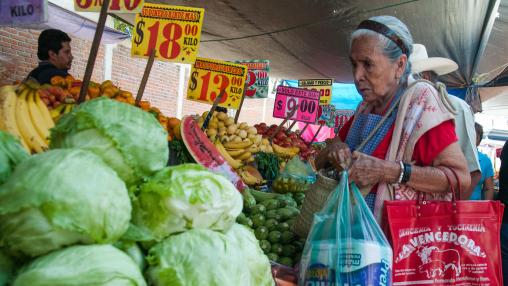
Food price inflation continues putting people’s food security at risk
FAO’s Food Price Index edged up slightly in April 2023, the first increase following 12 consecutive months of decline. The increase in this index for internationally traded food commodities was caused by a sharp rise in sugar prices and a moderate rise in meat prices. International prices for cereals, dairy and vegetable oils continued their prolonged decline after peaking in March 2022. Among cereals, only rice prices were up, but this rise was outweighed by further declines in the prices for wheat and maize.
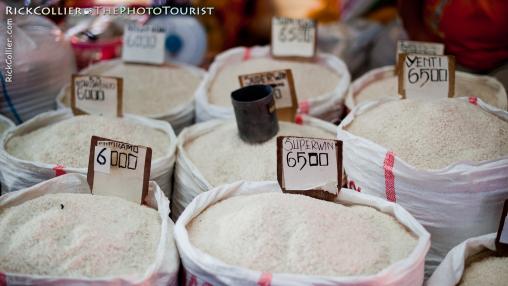
Rice markets in South and Southeast Asia face stresses from El Niño, export restrictions
Agricultural markets—particularly trade in cereals such as wheat and maize—have seen significant volatility over the past year as impacts of the Russia-Ukraine war, combined with tight global stocks, drove prices to record (nominal) highs. The rice market, by contrast, has been generally tranquil (Figure 1). Large global supplies and the lack of any direct trade connection to the Ukraine conflict left rice relatively immune to the price spikes seen with other commodities. But recently there have been signs of trouble.
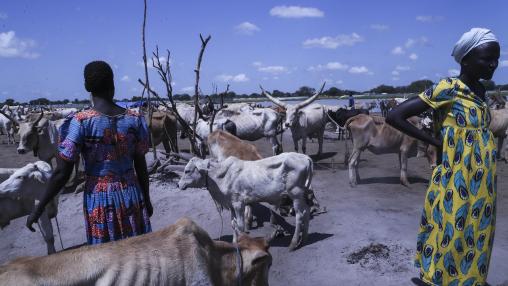
Over Quarter Billion People Face Acute Food Insecurity in 2022: GFRC Released
The world reached a stark milestone in 2022, with over a quarter of a billion people in 58 countries/territories experiencing acute food insecurity (defined as IPC Phase 3 (Crisis) or higher), according to the 2023 Global Report on Food Crises (GRFC).[1] This number represents the fourth consecutive year of increasing food insecurity rates and the highest level seen in the seven-year publication history of the report. An additional 253 million people in 41 countries/territories experienced lower levels of food insecurity (IPC Phase 2 (Stressed)).
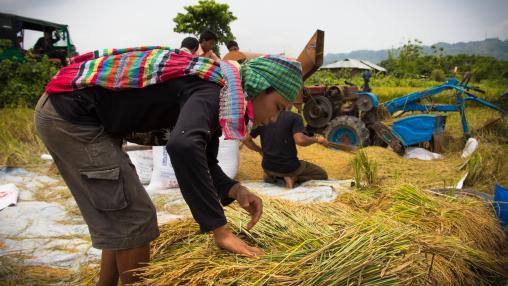
FAO Food Price Index Rises in April
The FAO Food Price Index rose slightly in April; but remains almost 20 percent below its April 2022 level. Sharp increases in the price of sugar drove the majority of the month-to-month increase.